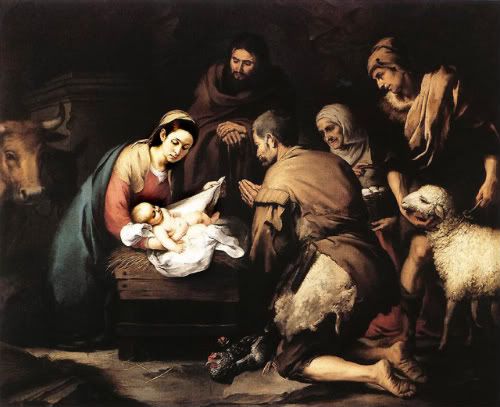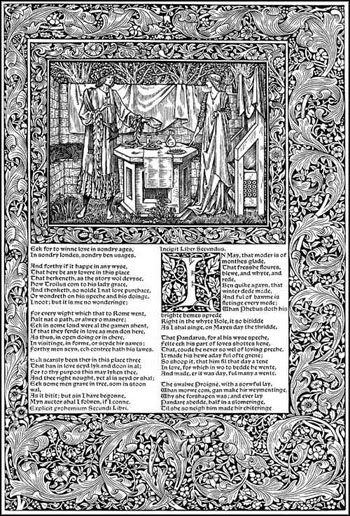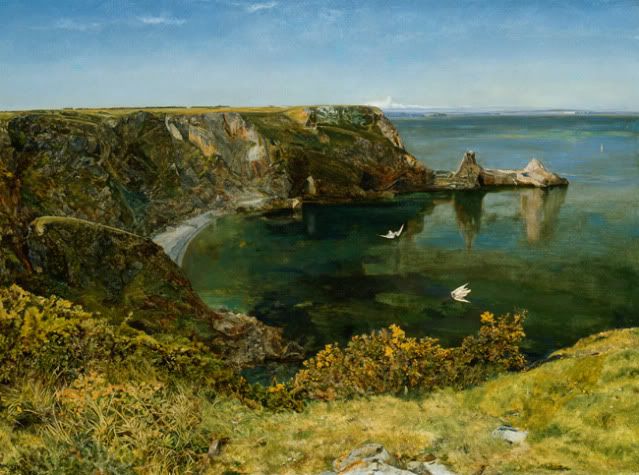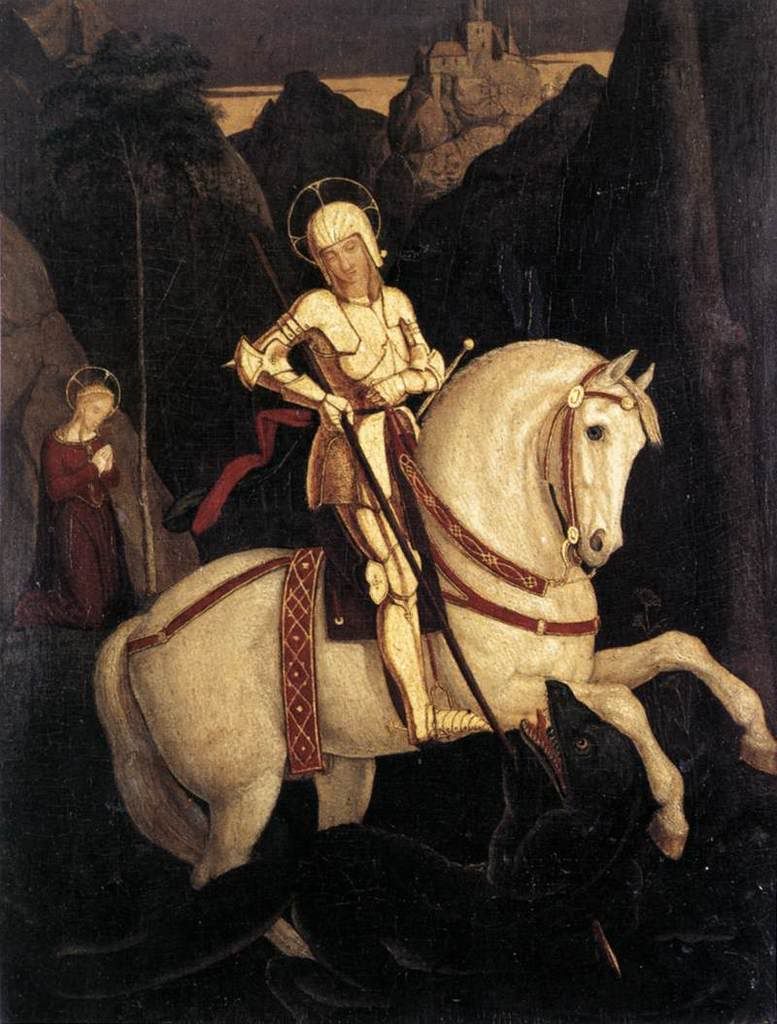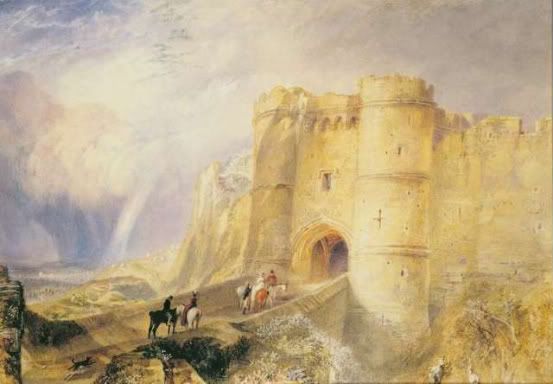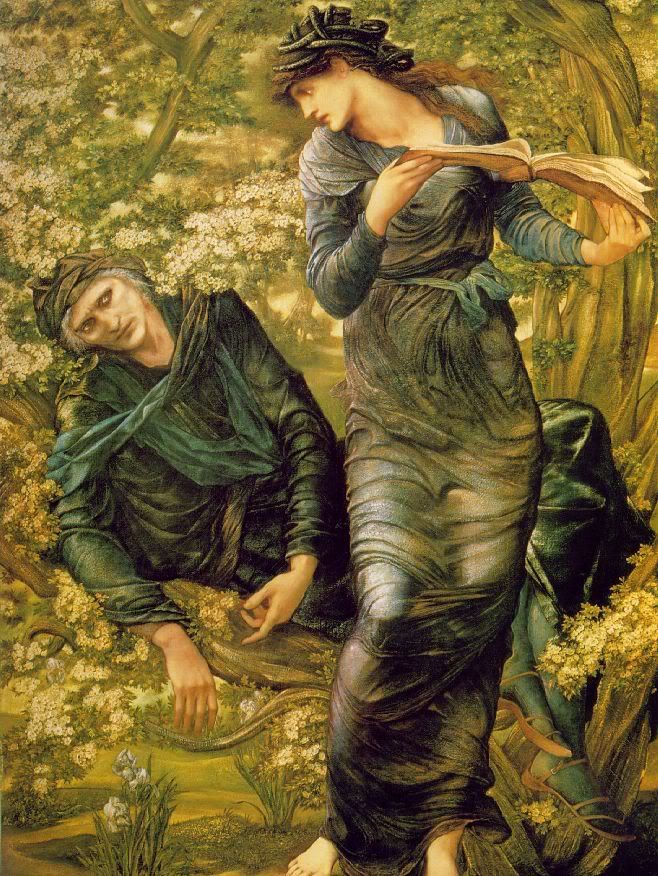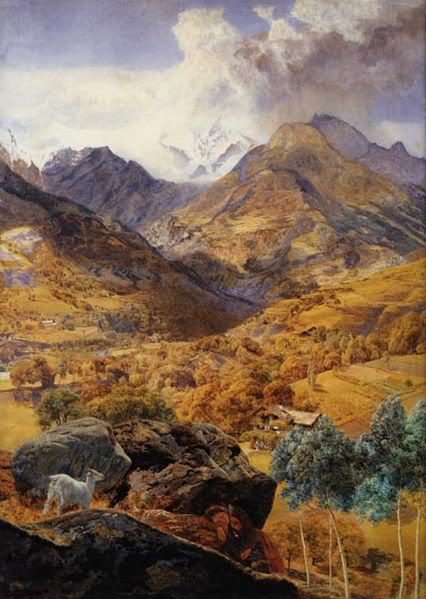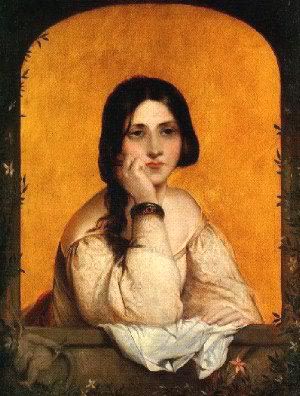A Cradle Song - William Blake
O'er my lovely infant's head;
Sweet dreams of pleasant streams
By happy, silent, moony beams.
Sweet sleep, with soft down.
Weave thy brows an infant crown.
Sweet sleep, Angel mild,
Hover o'er my happy child.
Sweet smiles, in the night,
Hover over my delight;
Sweet smiles, mother's smiles,
All the livelong night beguiles.
Sweet moans, dovelike sighs,
Chase not slumber from thy eyes.
Sweet moans, sweeter smiles,
All the dovelike moans beguiles.
Sleep, sleep, happy child,
All creation slept and smil'd;
Sleep sleep, happy sleep,
While o'er thee thy mother weep.
Sweet babe in thy face,
Holy image I can trace.
Sweet babe once like thee,
Thy maker lay and wept for me,
Wept for me, for thee, for all,
When he was an infant small.
Thou his image ever see,
Heavenly face that smiles on thee,
Smiles on thee, on me, on all;
Who became an infant small.
Infant smiles are His own smiles;
Heaven and earth to peace beguiles.
William Blake's words seem especially apropos for me this holiday season. My daughter is over a year old now, and I feel very lucky to be able to observe her divine little smiles!
The past few weeks have flown by at such a crazy pace that it's hard to believe that Christmas is almost here. I am looking forward to taking the next few days to enjoy celebrating the holidays with my family. I hope everyone is enjoying this festive season of the year. Best wishes to all!
Image: The Adoration of the Shepherds by Bartolome Esteban Murillo, 1650

